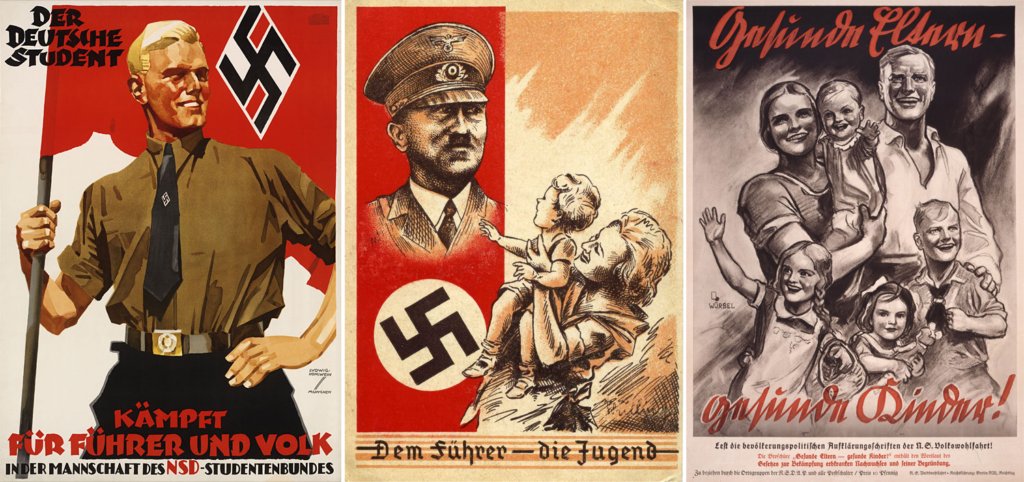The Nazi Aesthetics
Design is often seen as a contribution to creating a better world. But it can be used very well for propaganda purposes. In Nazi times, the design of all things was subject to a regime-stabilizing objective, that is, every design was careful to present the government in a positive and embellishing way. It is also said that there was no innocent design.
The history of design therefore consists of re-occurring subject matter representing moral correctness. However, design reflects the whole of the world, with all its good and bad sides. The Nazis were masters in using design to achieve their goal, to both convince and destroy huge numbers of people.
Designmuseum Den Bosch, NL
Design during the Third Reich was essentially contradictory. The main theme was purity, which meant that various population groups such as Jews, homosexuals and Roma had to be exterminated. National Socialism developed and relied on its own history, but at the same time focused fanatically on the future. It was full of romance, but also obsessed with modern technology. For the outside world, National Socialism presented a seductive picture of prosperity and carefree entertainment, while the first concentration camps were established in 1933.
On November 27, 1933, the “Amt der Schönheit” was founded. The tasks included the beautification of workplaces, the improvement of working conditions, ergonomics and occupational safety. At least, these were the obvious tasks. In fact, changes served to increase productivity, the increased exploitation of labor and means of production, the advance of a Nazi national community of leadership and workforce, and the saving of metals, which should be reserved for the armaments industry.


In the case of graphics, the influence of the communist propaganda aesthetic on National Socialists can be traced, whose imagery, for example, is still used by the North Korean regime today. Through the combination of text and graphics, the poster became an important medium for propaganda at the time. The use of Fraktur was common in Germany until 1941. Modern sans serif fonts have been condemned as cultural Bolshevism. The images were often based on heroic realism: the National Socialist youth and the SS were depicted monumentally, with the lighting bringing out the size.
